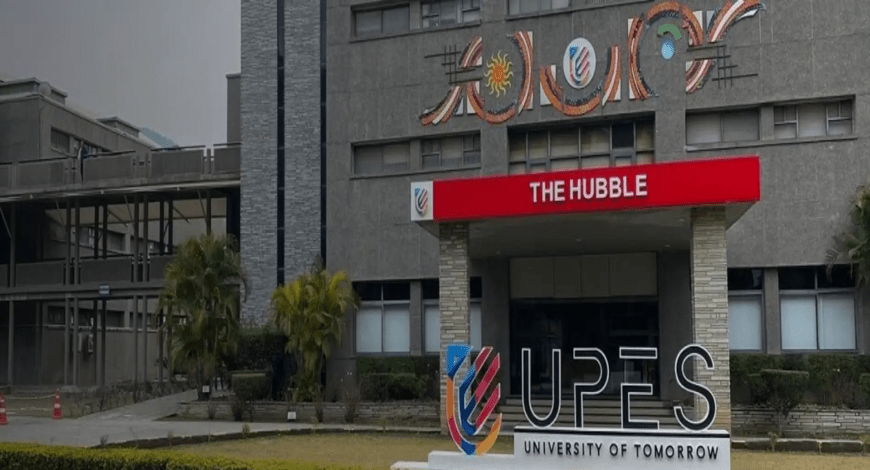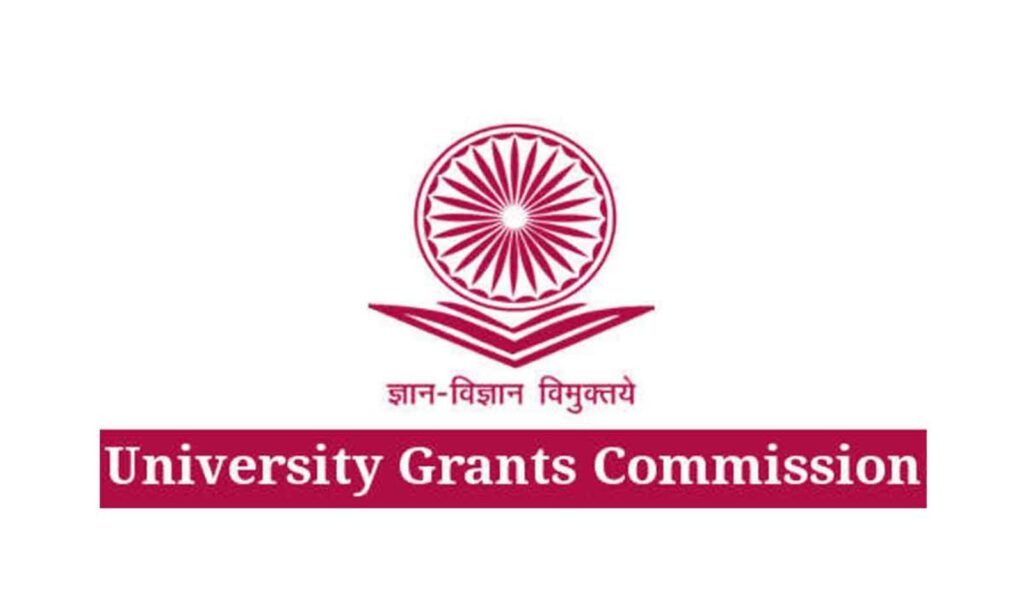- The technology called ‘Multicens’ will help uncover key molecular mediators of inter-organ communication.
Indian Institute of Technology Madras, (IIT Madras) scientists at the Robert Bosch Centre for Data Science and Artificial Intelligence (RBC-DSAI) have developed a computational approach called ‘MultiCens’ to understand the interactions between genes that are responsible for inter-organ communication within the body.
Communication among cells in different tissues and organs is pivotal to multicellular life. Molecular basis of such communication has long been studied, but genome-wide screens for genes and other biomolecules mediating tissue-tissue signaling are lacking.
To systematically identify inter-tissue mediators, IIT Madras researchers developed ‘MultiCens’ (Multilayer/Multi-tissue network Centrality measures). The exchange of information between organs and tissues of the body is critical for the proper functioning and survival of all living organisms.
This inter-organ communication network (ICN) allows organisms to adapt to changes in their environment, assess their energy reserves, and maintain overall well-being. This research represents a significant advance in the development of methods to understand inter-organ communication and its implications.
Many molecules including hormones, gut microbiota produced metabolites, etc., serve as messengers in the ICN process. They affect key decisions such as growth, survival, and regulated cell death. Previous studies, mostly conducted on model organisms like fruit flies, have revealed highly complex ICNs.
The findings of this research have been published in the reputed peer-reviewed journal PLOS Computational Biology. The paper was co-authored by IIT Madras researchers Dr. Tarun Kumar, Dr. Sanga Mitra, Prof. B. Ravindran and Prof. Manikandan Narayanan, along with Intel Corporation researcher Dr. Ramanathan Sethuraman, who closely and actively collaborated with the IIT Madras team towards this research.



